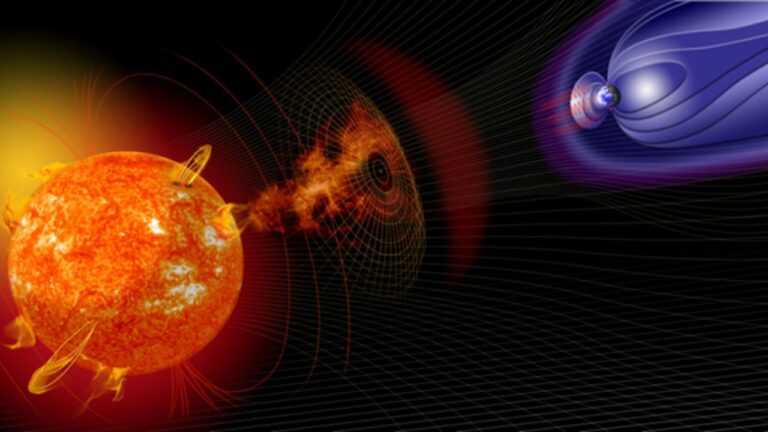
2375569273
BAE Systems, formerly known as Ball Aerospace & Technologies Corp., has been awarded a $450 million contract to develop a crucial ocean-color instrument for the National Oceanic and Atmospheric Administration’s (NOAA) forthcoming geostationary weather satellite constellation. This significant contract, announced on May 20, underscores BAE Systems’ role in advancing NOAA’s Geostationary Extended Operations (GeoXO) program.
Key Details of the Contract
The cost-plus-award-fee contract mandates BAE Systems to develop two flight instruments dedicated to ocean color analysis for the GeoXO program. These instruments, known as the GeoXO Ocean Color Instruments (OCX), will be supported by BAE Systems for 10 years of in-orbit operations and an additional five years of in-orbit storage. The contract also includes options for the development of additional flight instruments, ensuring long-term collaboration between NOAA and BAE Systems.
GeoXO: NOAA’s Ambitious Weather Satellite Initiative
The GeoXO program, which succeeds the ongoing Geostationary Operational Environmental Satellites – R Series (GOES-R) program, represents NOAA’s largest procurement to date. With a budget of $19.6 billion approved last year, the program encompasses the development of six satellites along with their operations and support through 2052. The GeoXO satellites are expected to significantly enhance NOAA’s capability to monitor environmental conditions and weather patterns.
Monitoring Coastal Waters and Great Lakes
The OCX instruments developed under this contract will play a vital role in monitoring U.S. coastal waters, the Great Lakes, and the U.S. Exclusive Economic Zone. These instruments will provide critical data on various factors such as biology, chemistry, ecosystem changes, water quality, and hazards like harmful algal blooms. NOAA aims to deliver updated information at least every three hours, offering a more frequent and comprehensive view of ocean and coastal conditions than is currently available.
The data gathered by the OCX instruments will be indispensable for a wide range of stakeholders, including forecasters, marine resource managers, fisheries, health departments, water treatment managers, and industries related to commerce, recreation, and tourism. This information will help in making informed decisions to protect and manage coastal and ocean resources effectively.
Comprehensive Development and Support
Under the OCX contract, BAE Systems is tasked with designing, developing, fabricating, integrating, testing, verifying, and evaluating the new ocean color instrument. Additionally, BAE Systems will support the launch operations, supply and maintain ground support equipment, and assist with mission operations at the NOAA Satellite Operations Facility in Suitland, Maryland.
A Collaborative Effort with NASA
The GeoXO program is a collaborative initiative between NOAA and NASA. While NOAA funds and manages the program, including its operations and data products, NASA and its commercial partners are responsible for developing and building the instruments and spacecraft, as well as launching the satellites. NASA has selected BAE Systems to build the OCX instruments for NOAA.
BAE Systems is also involved in developing the GeoXO air quality sensor under a separate $365 million contract awarded earlier this month. Additionally, L3Harris Technologies is developing the GeoXO Imager under a $765.5 million contract announced in March. This collaborative effort highlights the combined expertise and resources being mobilized to ensure the success of the GeoXO program.
The $450 million contract awarded to BAE Systems for the development of the GeoXO Ocean Color Instruments marks a significant milestone in NOAA’s efforts to enhance environmental monitoring and weather forecasting capabilities. Through this contract, BAE Systems will contribute to a more detailed and timely understanding of ocean and coastal ecosystems, benefiting a broad range of stakeholders and supporting NOAA’s mission to safeguard environmental and public health.






